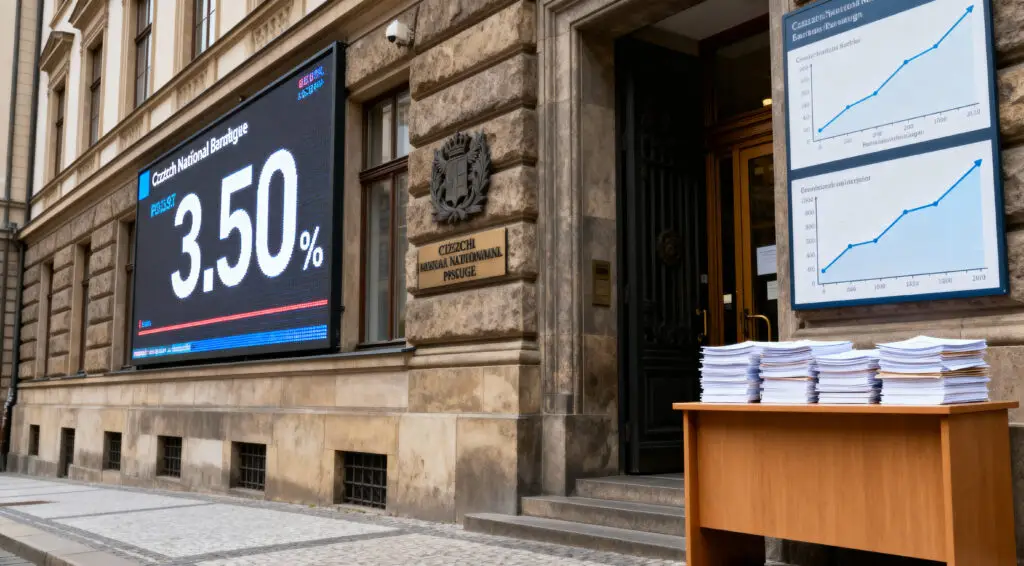Recent advancements in artificial intelligence chips, particularly those engineered for autonomous robotics, are poised to fundamentally reshape the strategic landscape of global technology investment. With industry leaders like Nvidia driving innovation in cutting-edge chipsets, the emerging field of self-navigating trucks and other autonomous systems is experiencing rapid acceleration. This convergence of artificial intelligence with robotics signifies a historic shift, widely touted by industry experts as the next trillion-dollar breakthrough, promising significant economic disruption and transformative changes across various sectors worldwide.
Autonomous Systems Drive New Market Opportunities
This new frontier in AI extends far beyond the mere creation of autonomous logistics and transport systems. It is fostering substantial partnerships and generating intense market interest from a diverse array of sectors, ranging from traditional logistics and transportation to advanced manufacturing. As AI technologies continue to mature and become more sophisticated, both venture capitalists and institutional investors are increasingly directing their focus and capital towards companies that are actively contributing to this next-generation robotics ecosystem. This trend underscores the profound and transformative role that AI chips are expected to play in revolutionizing society’s core infrastructure.
Nvidia at the Forefront of Innovation
Nvidia, a key player in the AI chip market, is leading the charge in this robotics revolution. Its cutting-edge chipsets are central to the development and deployment of autonomous systems, including self-navigating trucks. The company’s stock recently closed at $159.34, reflecting a 1.3% increase and nearing its 52-week high, indicative of strong investor confidence in its strategic position and growth potential within the AI and autonomous vehicles sectors. Nvidia’s continuous advances in AI and autonomous vehicles are driving lucrative and diversified growth, making it a pivotal company to watch in this evolving landscape.
Market Dynamics and Investor Focus
The broader AI chips market is experiencing dynamic shifts as investors seek to identify companies effectively monetizing AI. While Nvidia shows strong performance, other key players like QUALCOMM, ASML Holding, and Advanced Micro Devices are also central to this ecosystem. QUALCOMM ended a recent trading day unchanged at $162.21, ASML Holding closed flat at €677.10, and Advanced Micro Devices settled at $137.91. These movements reflect the competitive nature of the AI chip market, where companies are vying for market share and technological leadership in a rapidly expanding industry.
The “Show Me The Money” Phase of AI
The current phase of AI development is increasingly characterized as the “show me the money” phase, emphasizing the need for companies to demonstrate tangible monetization strategies for their AI innovations. This shift from pure research and development to practical, revenue-generating applications is crucial for attracting sustained investment. Investors are keenly observing which companies are successfully translating AI capabilities into profitable ventures, particularly within the robotics and autonomous systems domain, where the potential for real-world impact and economic returns is immense.
Expanding Investment Opportunities in AI Chips
The robotics revolution, fueled by AI chips, is creating a broad spectrum of investment opportunities. Beyond the established giants, a full array of AI Chip Stocks includes companies like Marvell Technology, Waaree Energies, and Novatek Microelectronics. These companies, among others, are contributing to the foundational hardware that enables advanced AI functionalities in robotics. The market is also seeing interest in related areas, with some US stocks forecasting dividend yields of over 6% next year, indicating diversified investment avenues for those looking to capitalize on the AI-driven transformation.
The Transformative Role of AI Chips in Society
Ultimately, the convergence of AI and robotics, powered by advanced AI chips, is set to play a transformative role in society’s infrastructure. From optimizing logistics and supply chains with autonomous trucks to enhancing manufacturing processes with intelligent robots, these technologies promise to drive unprecedented levels of efficiency, safety, and productivity. The significant investments pouring into this sector underscore a collective belief in its potential to not only reshape industries but also fundamentally alter how we live, work, and interact with the physical world, marking a new era of technological advancement.























